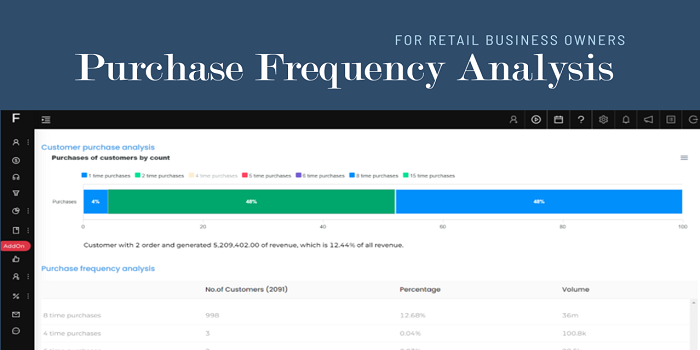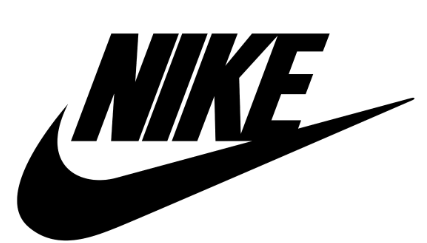
Published: Jan 13,2025

In the competitive retail landscape, understanding your customers' purchasing behaviours is key to driving growth and increasing revenue. Purchase frequency analysis is a powerful tool that allows retailers to categorize customers based on how often they make purchases, enabling them to tailor strategies to convert occasional buyers into loyal patrons. This article will explore the concept of purchase frequency analysis, its benefits, and how retailers can leverage it to enhance customer loyalty and repeat business.
What is Purchase Frequency Analysis?
Purchase frequency analysis involves evaluating how often customers make purchases within a defined timeframe. This analysis segments customers into groups such as:
By understanding these segments, retailers can identify patterns and develop targeted strategies to encourage more frequent purchases.
Benefits of Purchase Frequency Analysis
Enhanced Customer Retention: By recognizing and understanding different customer segments, businesses can implement strategies to retain more customers. Personalized marketing efforts can turn one-time buyers into repeat customers.
For Example: Sephora – Global retailer in cosmetics products leverages purchase frequency analysis to craft retention strategies for its Beauty Insider program. By tracking how often customers buy, Sephora identifies those at risk of churning and targets them with special offers or personalized communication. For instance, customers who haven’t made a purchase in a while might receive a discount or a free sample to reignite their interest.

They benefit by Decreased customer churn rate and increased lifetime value of customers.
Increased Revenue: Repeat customers typically spend more over time. By focusing on increasing purchase frequency, retailers can boost their overall sales and profitability.
Optimized Marketing Campaigns: Insights from purchase frequency analysis enable more effective marketing strategies. For example, targeted discounts, loyalty programs, and personalized recommendations can be used to incentivize repeat purchases

For Example: Nike uses purchase frequency analysis to segment its customer base and tailor communication accordingly. For instance, first-time buyers might receive welcome emails with introductory offers, while frequent buyers might get sneak peeks at new collections or exclusive access to limited-edition products. This segmentation ensures that the right message reaches the right audience at the right time. Higher engagement and response rates from targeted marketing efforts.
Better Inventory Management: Understanding purchasing patterns helps in forecasting demand accurately, leading to improved inventory management and reduced excess stock.

For example: Fast-fashion retailer Zara uses purchase frequency data to manage inventory more effectively. By analyzing how often customers purchase specific items or categories, Zara can predict demand more accurately and adjust its stock levels accordingly. This approach minimizes overstock and understock situations, ensuring that popular items are always available while reducing excess inventory.
In-depth Customer Insights: Purchase frequency analysis provides valuable data on customer preferences and behaviors, informing product development and service improvements.
Some of the Strategies to Engage Different Types of Purchasers
1. One-time Purchasers:
2. Two-time Purchasers:
3. Three-time Purchasers:
4. Repeat Purchasers:
Implementing Purchase Frequency Analysis
To effectively implement purchase frequency analysis, follow these steps:
To conclude, Purchase frequency analysis is a vital tool for retailers aiming to deepen their understanding of customer behavior and enhance customer loyalty. By identifying and targeting one-time, two-time, three-time, and repeat purchasers, businesses can develop personalized strategies that encourage repeat purchases and increase customer retention. The benefits extend beyond higher revenue, fostering stronger customer relationships and more efficient business operations. Embrace purchase frequency analysis to transform occasional buyers into dedicated customers and drive your retail business to new heights.
If you would like to explore the benefit of Customer Purchase frequency analysis, do connect with sales@lytty.com . www.lytty.com is a customer engagement and Retail analytics platform. Just plug it with your POS, and start seeing amazing Actionable customer insights.

Download the D2C Bank Account Freeze Survival Checklist (Free PDF) and get practical steps to protect your bank account freezes caused by fraudulent transactions.
Thank You! Your Freeze Survival Checklist is on its way
While you're here, don't stop at prevention - learn how leading D2C brands are using LYTTY to :
Or